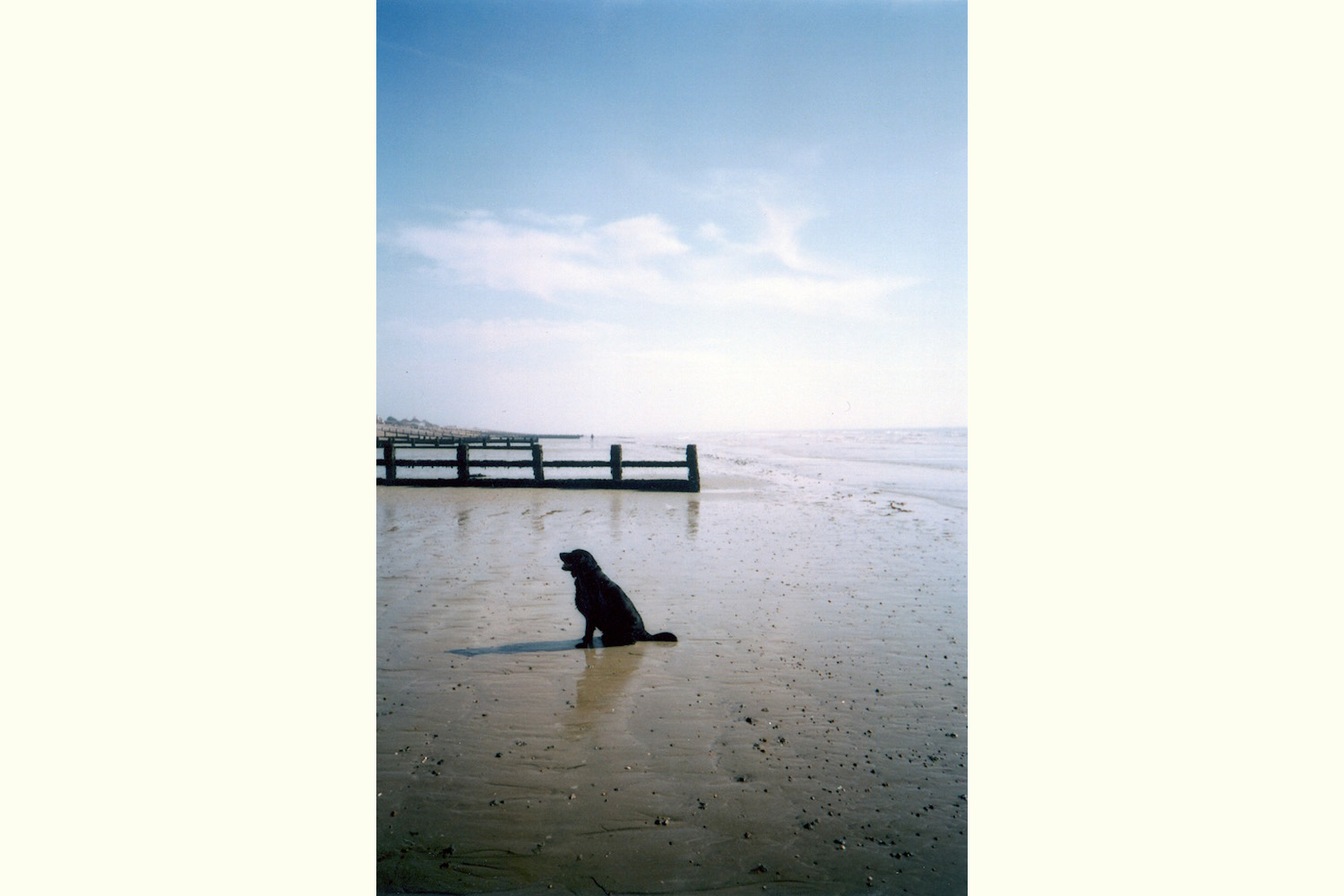







Mental Wealth
I was totally shocked at how a photograph in a person's hand would enable someone who finds public speaking impossible to stand in front of a group and speak confidently about their very personal fight with the illness that they have… PhotoVoice, in my opinion, has made and can continue to make fundamental changes in people's lives. Phillip Stone, Support Worker, United Response
In March 2005, I facilitated PhotoVoice workshops with United Response and a group of seven of their beneficiaries with mental health needs from Dorset, West Sussex and Kent. The aim of the project was to harness the power of photography to produce a set of images to communicate the reality of daily life from the perspective of a person with mental health needs.
The series of six workshops resulted in a wealth of images, self-portraits and testimonies that communicated individual hopes, fears and achievements. The images explored the stigma of living with a mental health need but also explored what makes life worth living.
The images were exhibited at The House Of Commons in May 2005 with the aim to raise awareness of some of the key issues facing people with mental health needs, particularly in the context of proposed new Mental Health legislation, and to highlight these to MPs and policy makers.
The parliamentary event was a great success. The photography project was designed to raise awareness of the reality of living with a mental health need, and it succeeded in this. But what no one expected were the profound therapeutic benefits it brought to participants. These were captured by an independent evaluation which recorded the following outcomes:
- Knowing that their work would be showcased to an audience, people used the experience of taking part in something ‘bigger than themselves’ to overcome individual problems.
- One participant wrote articles for two publications about the project and for the House of Commons reception.
- Five participants enrolled on photography courses.
- One participant has used the money he receives for respite care to fund a residential catering course, aiming to return to employment.
- One man’s participation helped him overcome a chronic phobia concerning his appearance. He delivered a presentation to UR trustees about the value of the pilot project, travelling alone on a bus for the first time.
- Five participants said the project personally achieved more than months of counseling or medication in terms of building confidence and self esteem.
Given the success of Mental Wealth, I went on to design and co-manage a second stage of PhotoVoice's work with United Response which ran from 2006-08. UR In the Picture sought to integrate photography methods into United Response's mental health support work. Community based support workers were trained in therapeutic photography methods and supported to deliver pilot workshops. A training resource on Therapeutic Photography was also produced.
Evaluation report:
Brandling, J. and Wall, S. (2009) United Response: UR in the Picture. Final Report. University of Bath, Mental Health Research and Development Unit